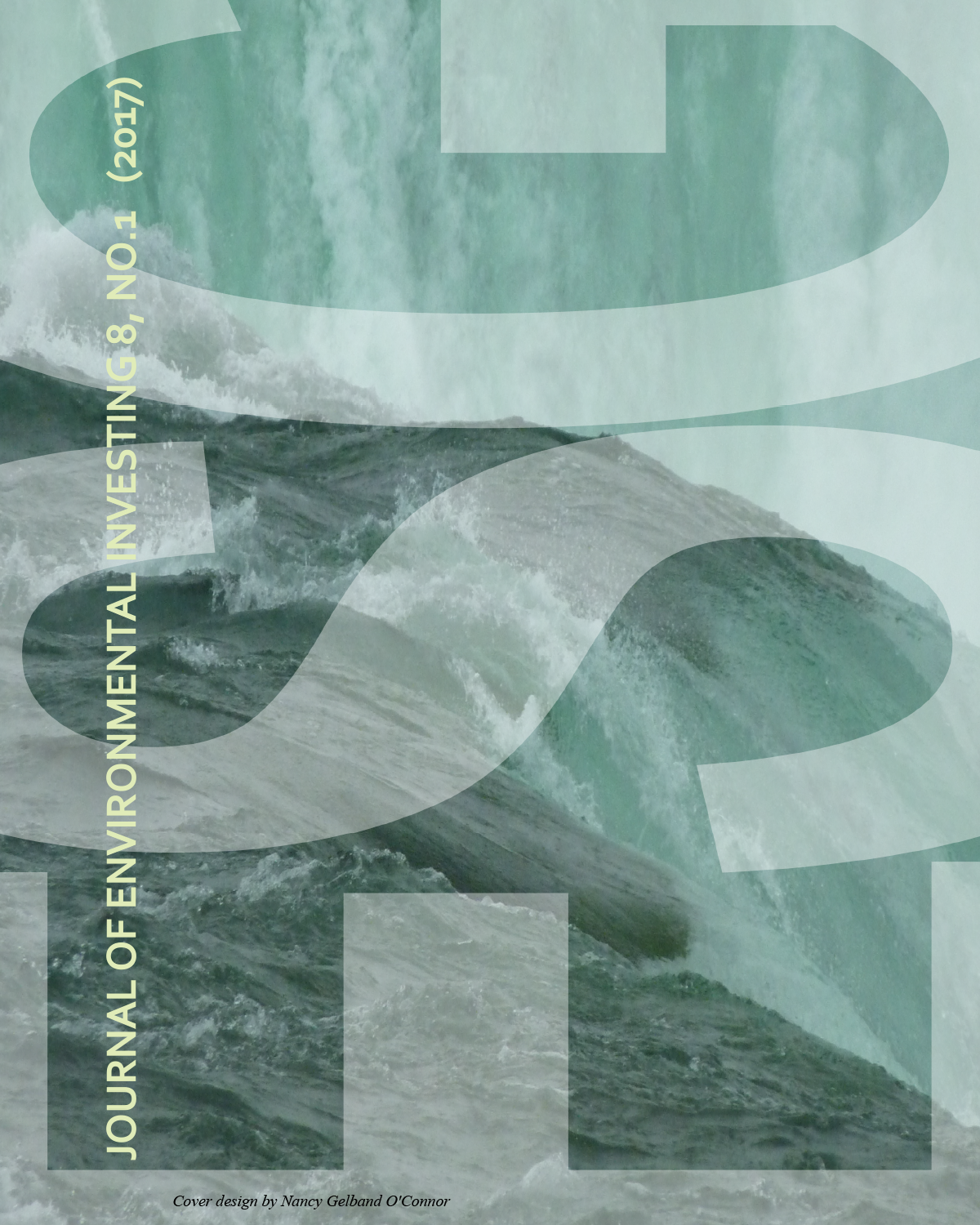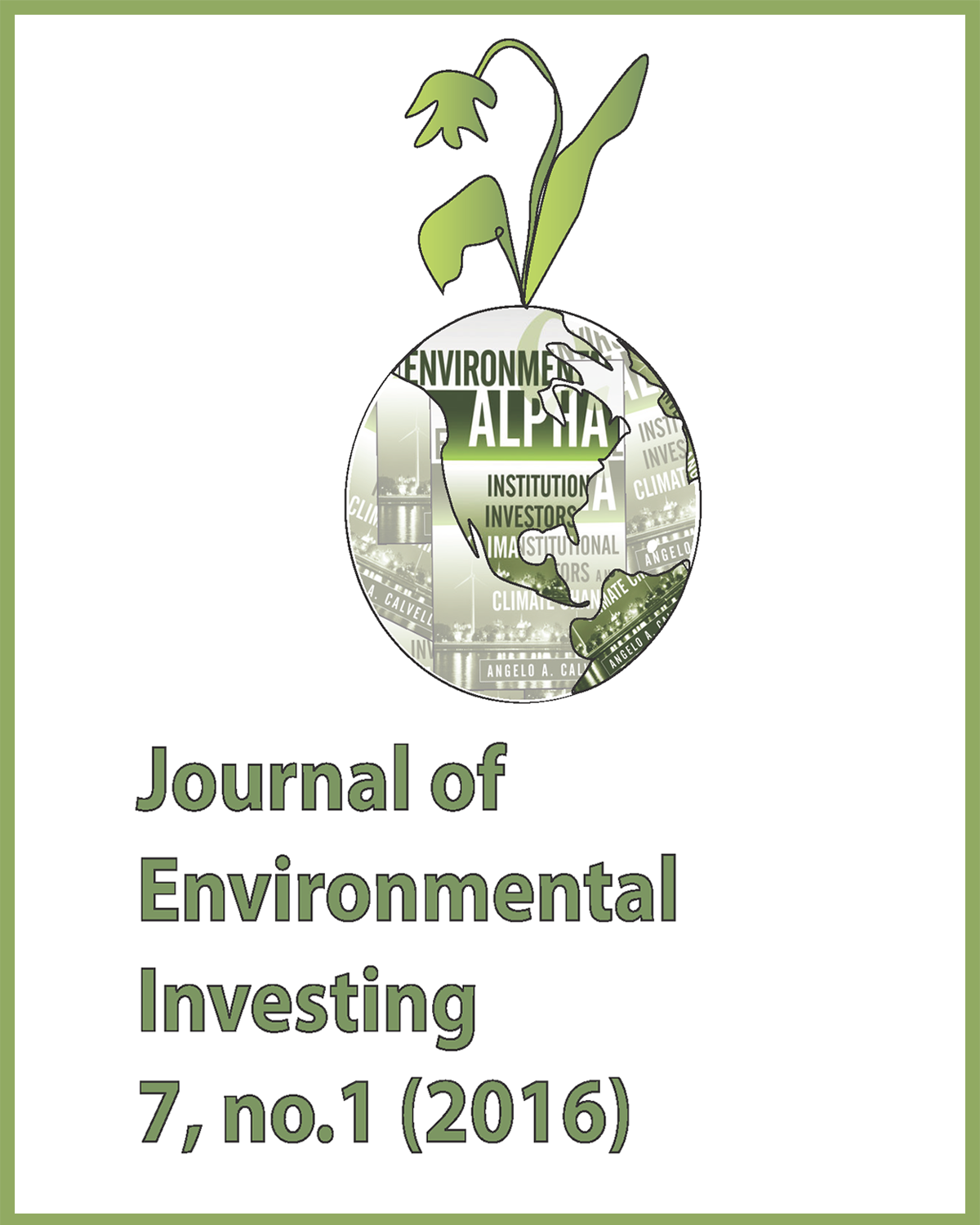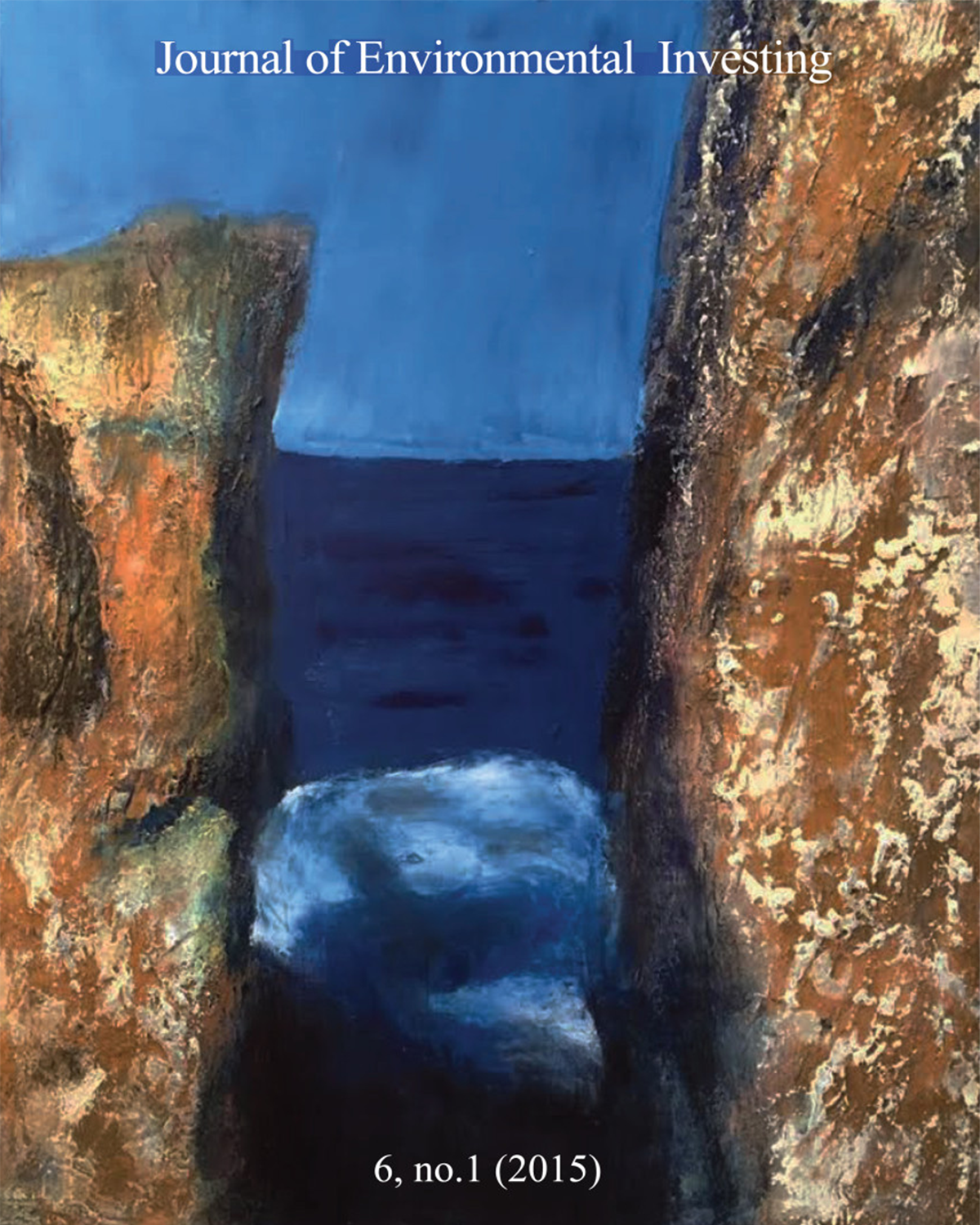Frequently Asked Questions
Q: How frequently is the JEI published?
A. Regular issues are published at least annually. Additionally, the JEI publishes a variety of manuscript types on an “open submission” basis; if accepted, these manuscripts will be published independently of a regular issue. Those interested in contributing should submit their work to submissions[at]thejei[.]com.
Q: Will the JEI accept stand-alone submissions on an ad hoc basis?
A: Yes.
Q: What types of submissions will the JEI consider?
A: See Types of Manuscripts Sought.
Q: What does a subscription to the JEI cost?
A: This journal provides open access to all its content on the principle that making research freely available to the public supports a greater global exchange of knowledge. Such access is associated with increased readership and increased citation of an author’s work.
Q: What topics are covered by the JEI?
A. Natural resource usage and stewardship affect all sectors of the economy as well as the international goals for sustainable development. For this reason, the JEI takes an interdisciplinary approach to exploring the intersection of environment and investing. We identify the following as salient topics for research and discussion:
- Climate bonds
- Carbon policy
- Water quality and quantity
- Air pollution
- Waste management
- Deforestation and land degradation
- Chemical and toxic emissions
- Biodiversity loss
- Depletion of the ozone layer
- Quality of fisheries and oceans
- Energy supply
- National security
- Human development
- Global changes in demographics
- Public health
- Poverty
- Human rights
- Labor rights
- Sustainability
- Divestment
The Journal explores these themes individually and relationally. In addition, the Journal has a special and timely interest in illuminating macro trends redefining the global investment sphere, such as the growing economic and industrial importance of emerging markets, or the continuing trends of resource scarcity and degradation.
Q: What is environmental investing?
A. The Journal defines environmental investing as market-based initiatives that attempt to solve the challenges and capture the opportunities arising from societal interest in limiting environmental damage while boosting economic returns. In general, a taxonomy of environmental investing would include these five major categories (often with substantial cross-over between categories):
- Clean technologies (clean transportation, clean power, and energy storage, and energy-efficient technologies)
- Sustainable property
- Land use, agriculture, and forestry (including payment-for-ecosystem services)
- Carbon and greenhouse gases
- Water
- Pollution (water and air quality, waste management)
Q: What is the approval process for submissions?
A. The editorial staff reviews all submissions and links and, if necessary, calls upon expert third parties. This is not a formal peer-review process. However, the editorial team has final approval of all content.





